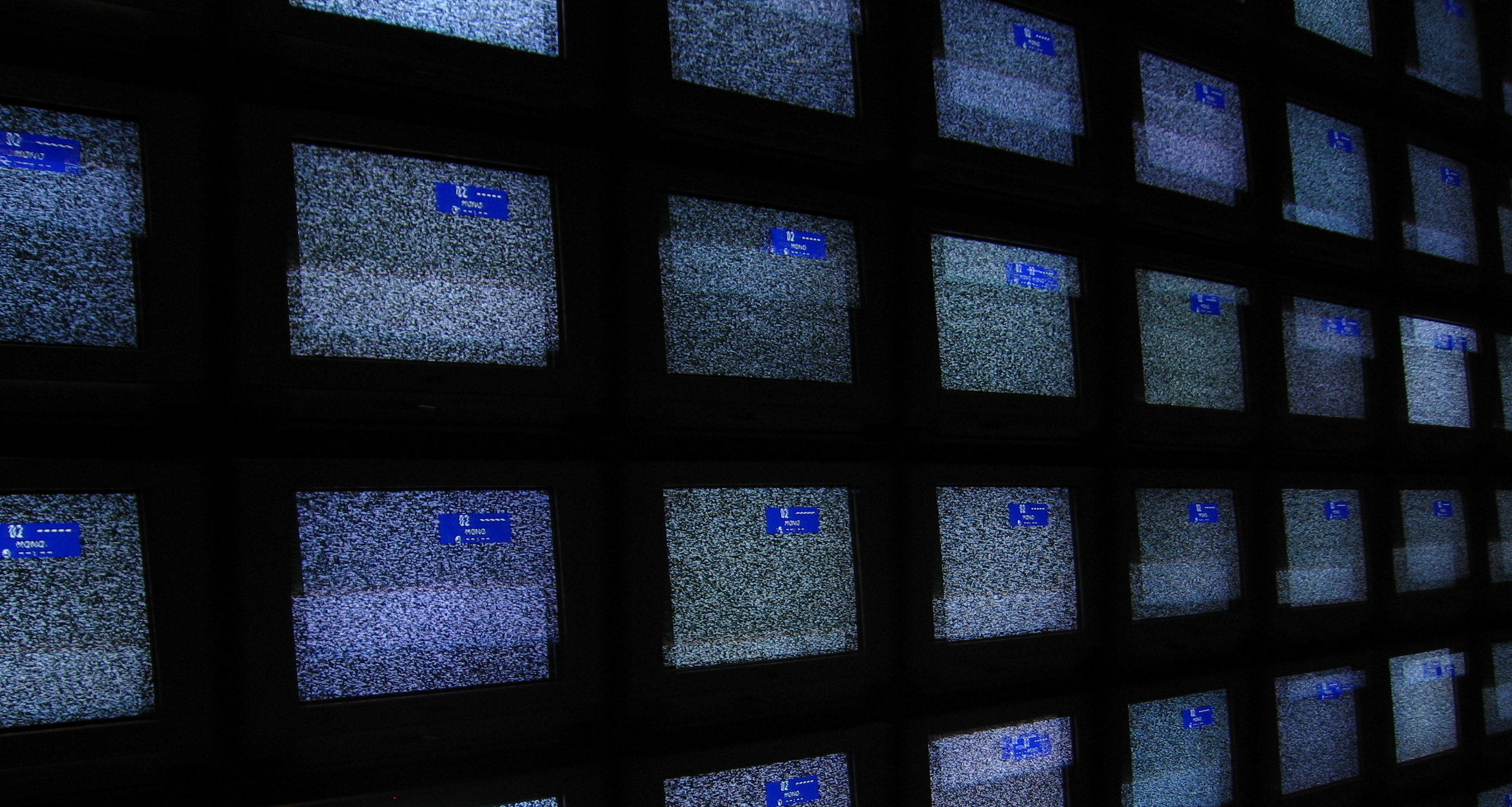
This is a guest post by Paul Rowney, AfICTA Board Member, Technical Director at MyDigitalBridge Foundation, and member of the A4AI Advisory Council.
Internet access in Malawi needs urgent attention — barely over 9% of the population is online (ITU 2016) and affordability remains a challenge, with just 1GB of mobile data in the country costing as much as 45% of average monthly income. A4AI’s most recent Affordability Report ranks Malawi’s affordability policy 22nd out of the 27 African countries surveyed. For this reason, we must look at innovative ways to increase access and affordability. The Malawi Communications Regulatory Authority (MACRA), has developed regulations for TV White Spaces (TVWS) and has recently issued its first TVWS licence to local wireless Internet Service Provider (ISP) C3 — a groundbreaking move for the country and the continent, and an important step toward enabling connectivity for more of the country.
How does TV White Space technology work?
Put simply, TV White Spaces are unused channels in TV broadcast spectrum. These channels, when re-assigned to ISPs and mobile network operators, can be used to deliver broadband internet across a widespread area — giving it the potential to improve internet connectivity where it is most needed, especially in areas where telecommunications infrastructure is lacking. Malawi, like most African countries, has abundant unused TV (UHF) channels and therefore TVWS has remained an untapped resource that can complement existing efforts to improve connectivity in the country.
TVWS has many distinct advantages. Its signals can be transmitted over long distances at low power, and can be transmitted through walls and buildings — making it ideal for bridging last-mile connectivity, particularly in rural areas. TVWS networks can be cheaper to set up than conventional mobile or fibre networks and can potentially be deployed without the need for expert technical personnel.
Malawi has been successfully piloting the use of TVWS for a few years now. Earlier this year, NetHope selected Malawi to conduct its first TVWS disaster preparedness training, in order to develop the capacity within the NGO community needed to leverage this technology in emergency situations.
Malawi’s government paving the way to support TVWS
With the success of the pilot projects, the country’s regulator, MACRA, proposed regulations in 2015 that will allow unlicensed radio transmitters to operate in the broadcast television spectrum, at locations where spectrum is not being used by licensed services. With these regulations, devices are permitted to operate on frequencies shared with authorised services, at lower power ranges. Operation under the TVWS regulations are subject to the condition that devices do not cause harmful interference to authorised services.
Under this framework, the government awarded it first commercial TVWS license on a trial basis to the local wireless ISP, C3. C3 is expected to have its first commercial TVWS links up and running in Blantyre, Malawi by mid-2017. This will be followed by the deployment of a new 5GHz wireless backhaul throughout Malawi, using TVWS equipment for last-mile connectivity.
What does this mean for affordability in the region?
With Malawi taking a lead in the deployment of TVWS in Africa, we are set to see large scale adoption and deployment of the technology. This is no small feat — this technology can contribute to addressing access problems throughout the continent. Currently, connectivity in Africa is limited, with an online population of only 25% (and only 16% using mobile internet).
The good news: not only is there is great potential for Malawi to increase its internet penetration rates via increased use of TVWS technology, a number of other countries on the continent (including Mozambique, Botswana, Namibia, Ghana, South Africa, Tanzania, Kenya, and Zambia) have also successfully engaged in TVWS trials. Such trials have further showcased the capabilities of technology, not only as a last-mile connectivity solution, but also as an enabler for smart city and machine-to-machine (M2M) solutions. What’s needed now is for more governments and regulators to go further than just supporting pilot projects; governments must look to develop and implement regulations that will allow companies, community networks, and others to establish new and more affordable connectivity solutions using TVWS. This will ultimately complement the reach of existing networks to improve access on the continent.
Paul Rowney is a social entrepreneur with more than 30 years of experience in ICTs, including with the United Nations, in the private sector, and now through civil society with the MyDigitalBridge Foundation. Paul brings experience leading various technology ventures in Southern and Eastern Africa, and has worked on areas such as ICT education, electronic voting, and the deployment of a TV White Space pilot to connect rural communities.
Leave a Reply
